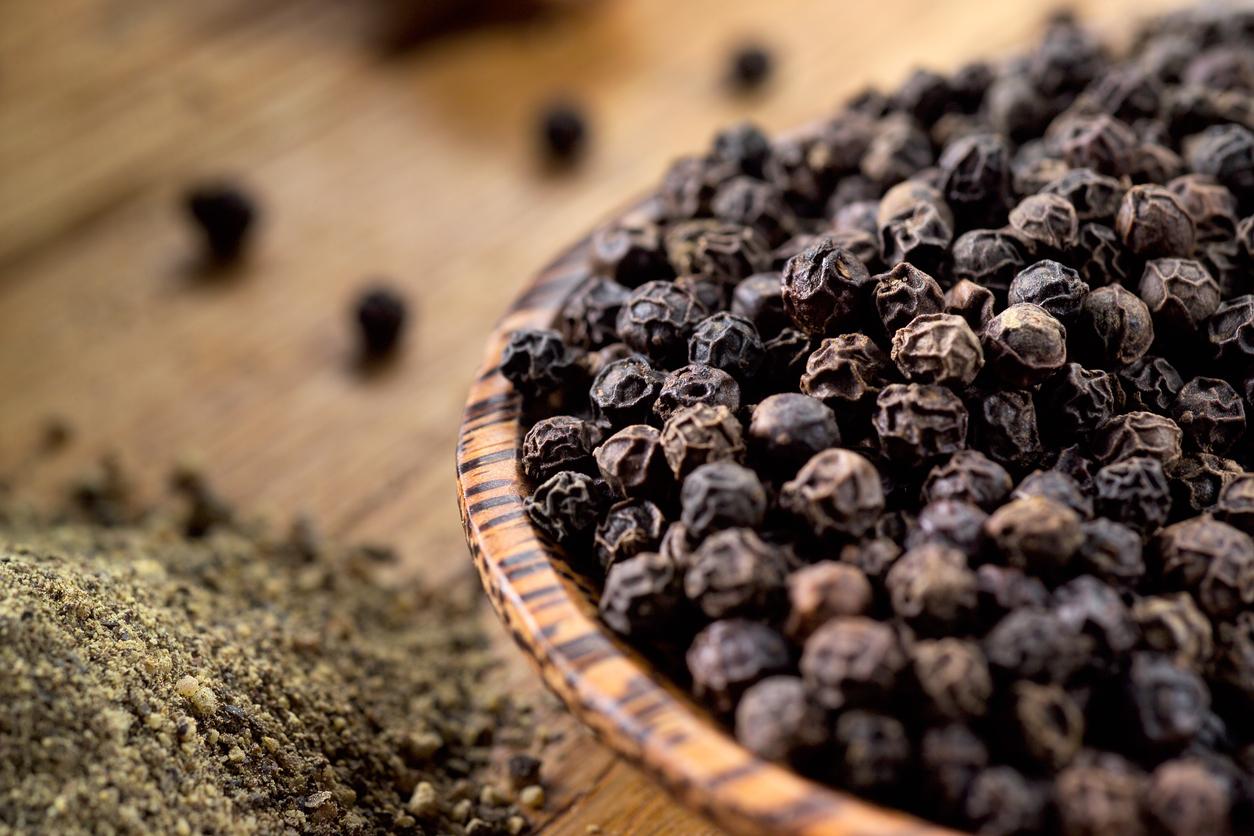“Mini brains” have been grown for the first time from fetal tissue.

- For the first time, “mini-brains” have been grown from the brain tissue of a fetus.
- The “mini-brains” happily grow in the laboratory for more than six months and can be multiplied, meaning scientists can repeat their experiments on them.
- The fetal tissues used in the research were donated by women who had a termination of pregnancy between 12 and 15 weeks of gestation.
For the first time, “mini brains” were grown from fetal brain tissue. Organoids are only the size of a grain of rice, but they could offer a whole new way to study brain development and disease.
Stomach, kidneys… research on organoids has exploded in recent years. “Until now, we could obtain organoids from most human organs, but not from the brain. It is really exciting to see that we have managed to overcome this obstacle,” explained Professor Hans Clevers, co-director of the project, in a press release.
His team, based at the Princess Máxima Center for Pediatric Oncology in the Netherlands, discovered that the key was to use small pieces of whole tissue rather than individual cells (as is the case for organoids created from other organs, Editor’s note).
What are “mini-brains” grown from a fetus used for?
THE “mini brains” grow happily in the lab for over six months and can be multiplied, meaning scientists can repeat their experiments on it.
The fetal tissues used in the research were donated by women who had a termination of pregnancy between 12 and 15 weeks of gestation. The donors remained anonymous and consented in advance to the use of the tissues in the research.
Two experiments carried out on “mini-brains” cultured from a fetus
Two experiments have already been carried out on mini-brains. Professor Hans Clevers’ team first decided to test their potential in modeling brain cancer. Using CRISPR-Cas9 gene editing, they mutated a cancer gene called TP53. After three months, the mutated cells had taken over, as cancer cells do.
Later, the scientists used the same technique to modify three genes associated with glioblastoma and tested the effect of certain anticancer drugs on the mutant organoids.
“We are excited to explore the use of these new organoids to make new discoveries about the human brain,” said Dr. Delilah Hendriks, co-leader of the experiment.
The research reporting all the facts mentioned in this article is published in the journal cell.


















